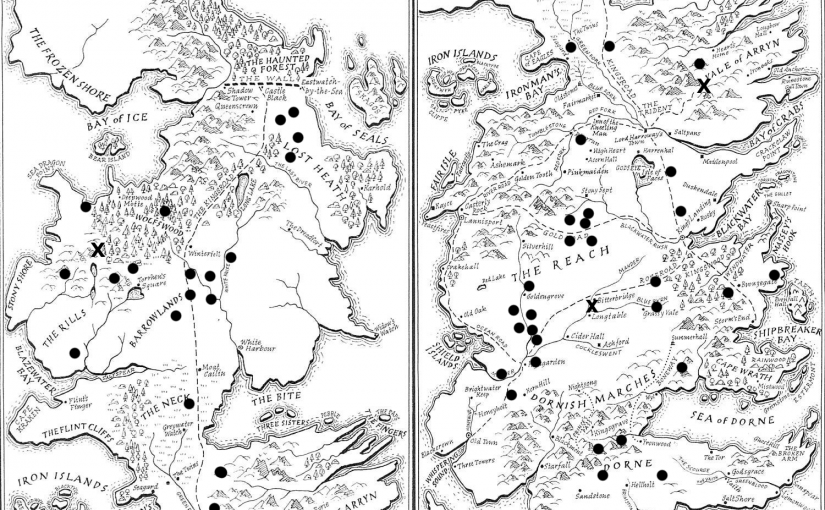Long-distance animal movements can increase exposure to diverse parasites, but can also reduce infection risk through escape from contaminated habitats or culling of infected individuals. These mechanisms have been demonstrated within and between populations in single-host/single-parasite interactions, but how long-distance movement behaviours shape parasite diversity and prevalence across host taxa is largely unknown. Using a comparative approach, we analyse the parasite communities of 93 migratory, nomadic and resident ungulate species. We find that migrants have higher parasite species richness than residents or nomads, even after considering other factors known to influence parasite diversity, such as body size and host geographical range area. Further analyses support a novel ‘environmental tracking’ hypothesis, whereby migration allows parasites to experience environments favourable to transmission year-round. In addition, the social aggregation and large group sizes that facilitate migration might increase infection risk for migrants. By contrast, we find little support for previously proposed hypotheses, including migratory escape and culling, in explaining the relationship between host movement and parasitism in mammals at this cross-species scale. Our findings, which support mechanistic links between long-distance movement and increased parasite richness at the species level, could help predict the effects of future environmental change on parasitism in migratory animals.
See full text at: https://doi.org/10.1098/rspb.2018.0089
Teitelbaum, C.S., Huang, S., Hall, R.J. & Altizer, S. (2018). Migratory behaviour predicts greater parasite diversity in ungulates. Proceedings of the Royal Society B: Biological Sciences, 285(1875), 1-8.

